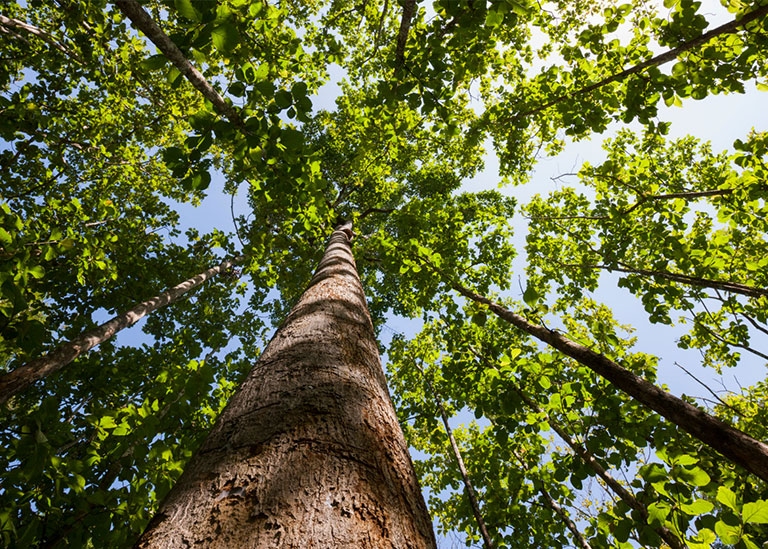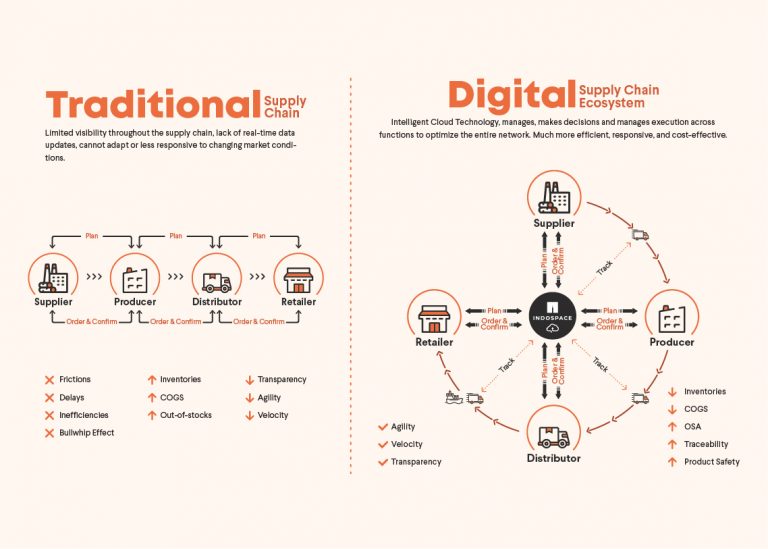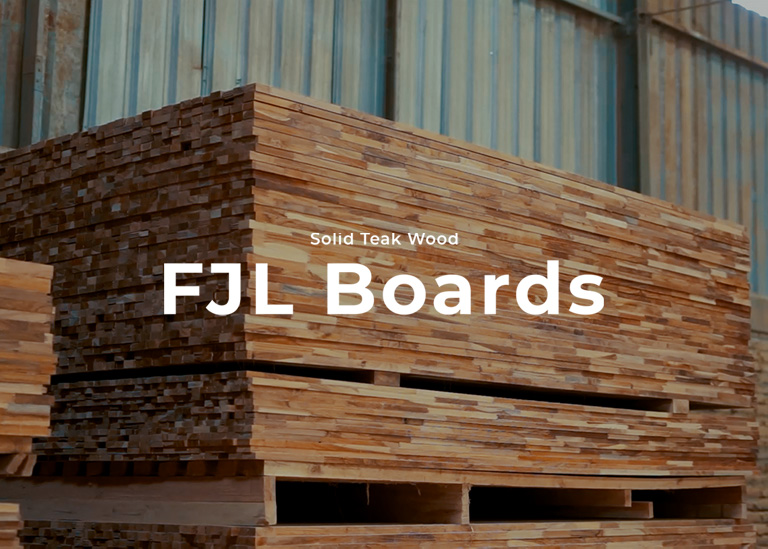Newsroom
Salone Del Mobile Milano 2024
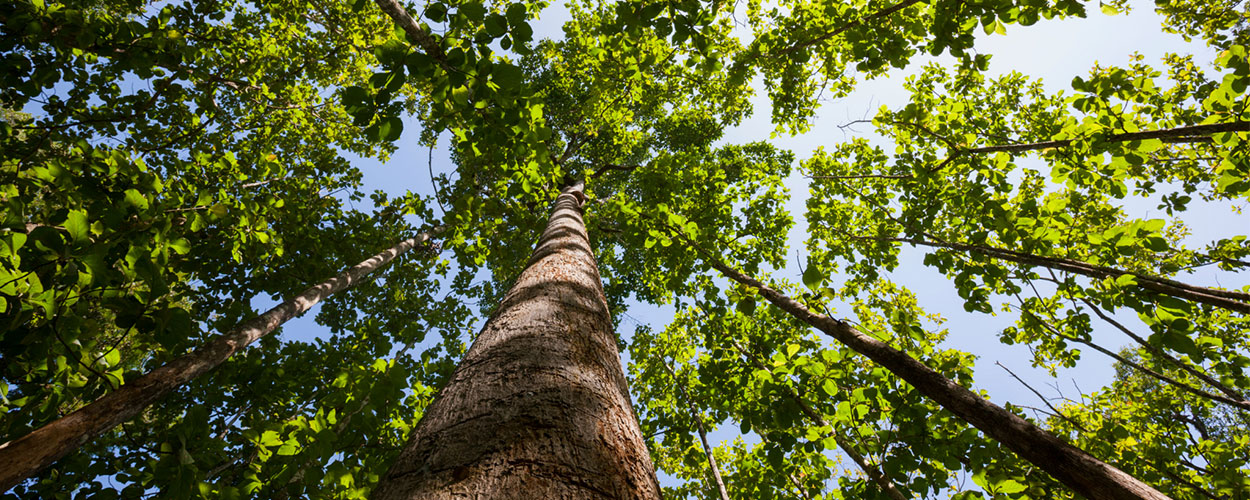
Teak is one of the most popular furniture materials in the world. In Latin, teak is named Tectona Grandis. Teak wood is also commonly referred to as the king of wood because of its quality, known as a tall, deciduous tree found in South and Southeast Asia. Growing up to 50 meters and living for 100 years, teak is coveted for its attractive color and grain, durability, strength, resistance to splitting, cracking, termites, fungus, and weathering. It takes at least 25 years to become a mature tree ready for harvest.
Teak Wood is one of the hardest woods, harder than pine, chestnut, poplar, cedar and mahogany. using the Janka Wood Hardness Scale which measures the force needed to embed an 11.28mm / 0.444in steel ball into the wood. Teak appears on this scale with a Janka rating of 1000-1155. Teak wood is also known as one of the most durable woods that has a tight grain, rich in minerals & natural oils that make it strong, durable, and virtually impervious to all weather extremes and decay.
Due to the high durability, you can expect it to last 30 to 40 years for outdoor use, maybe even longer in the right environment and with proper care. If using it indoors, you can expect it to last up to 70 years or maybe indefinitely.
Indonesia Teak Plantation
Teak is commonly grown in the monsoon rainforest areas of India, Sri Lanka, Myanmar, Thailand, Laos, and Indonesia. For now, Indonesia is currently the biggest supplier which supplies most of the manufactures around the world on average. It makes our operations highly advantageous that we have the ultimate ease of production and distribution process as Indonesia is one of the world’s woodcraft centers and the largest supplier of teak wood today.
Our teak wood comes exclusively from PT Perum Perhutani’s teak plantations on the island of Java. Only trees from here are used in our factories in Jepara, Demak, and Kudus to produce high-quality furniture. We only use the wood under the stamp of SVLK or Timber Legality Verification System to ensure that wood products derived from sources whose origins and management fulfill aspects of legality. Of course, this certification shows and proves that the wood used meets the established quality standards.
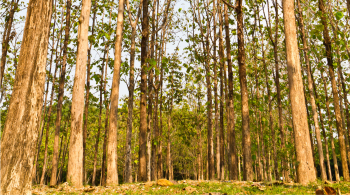
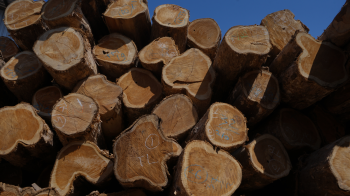
Type of Teak
Teak wood has several types and grades according to its quality. Starting from Grade A which is the highest grade, Grade B, to Grade C which is the lowest grade.
Grade A teak is usually between 50-70 years old, and comes from the “heart” or center of the log. It refers to timber that is taken from the very center of the log (heartwood) of a fully mature tree. In our strict standards, grade A Teak has the following requirements:
Grade B teak is taken from the outer heartwood section that’s why the wood usually has an inconsistent core color. It is lighter in color with uneven grain and less shine compared to grade A teak. The wood is less resilient than grade A furniture as it has less natural oils.
Grade C is taken from the outer sections of the tree and logs of immature trees, known as weakwood or sapwood. It has a softer texture and does not have a consistent brown color.

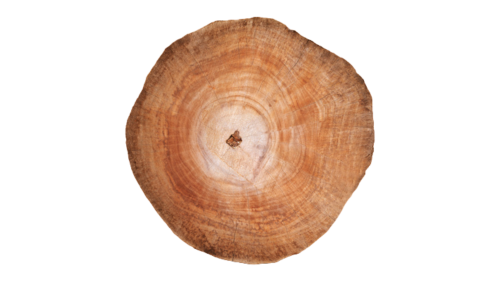
Grade Comparison


About Kiln-Dried Wood
Kiln drying is standard practice in wood production plants and serves to efficiently reduce the moisture content of wood to a “workable” moisture content level that will not end up with the various problems that excess moisture content in lumber can cause.
The kiln process involves drying wood in a chamber where air circulation, relative humidity and temperature can be controlled so that the moisture content of the wood can be reduced to a target point without drying defects.
At Indospace, our teak wood is kiln dried to a moisture content of 8% so that the material can last longer. The kiln drying process is very important because once dry, the wood can still absorb moisture and cause movement. This process takes about three weeks and must be closely monitored.
Sustainability
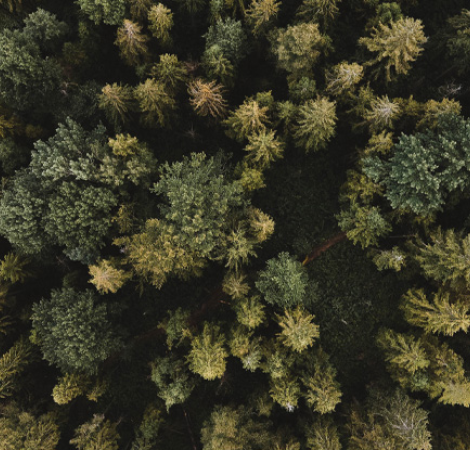
Teak wood is highly sought after due to its exceptional quality and durability. However, the high demand for the material has put pressure on natural forests, leading to deforestation and environmental degradation. To address this issue, sustainable teak plantations have emerged as a solution to ensure the long-term availability and environmental balance so that the teak forest can be sustainably and responsibly harvested for generations to come.

Indospace Corporate Social Responsibility (CSR)
Our policy is to deliver excellent & friendly service, while ensuring that we are socially responsible. We believe that the long-term future of our business is best served by respecting the interests of all our customers, suppliers, employees and the wider community. We contribute to the conservation of nature by planting new trees.
The activity provided participants with comprehensive information on planting techniques, and aftercare guidelines. Through this initiative, we foster a sense of environmental responsibility, teamwork, and community engagement while making a positive impact on the planet.
To find out more about our Sustainability policy at Indospace, click here.
You can also read this for more references : Sustainability in Indonesian Furniture: Why It Matters for Your Business and the Environment.
Certification
In addition to certification for the legality of the wood we source, we also invest in research enabling us to offer products with the best value for money, a quality that goes beyond the product itself, but rather encompasses the entire development process, from concept to production, thanks to all the teams that have worked hard over the years. View our certifications here.
Get Closer with our Craftsmanship
We take pride in designing, developing and producing high quality goods by combining local knowledge with modern design. From raw materials to finishing, every product is meticulously crafted, showcasing the expertise and dedication of our skilled artisans.
We have a 250,000 m² manufacturing working space equipped with CNC machinery, efficient Production Lines, and Stocked Warehouse spread across 3 locations in Central Java namely Jepara, Demak, and Kudus. With the support of 1500+ Experienced employees and artisans with a production capacity of 950+ to export containers annually. Find out more by clicking here.
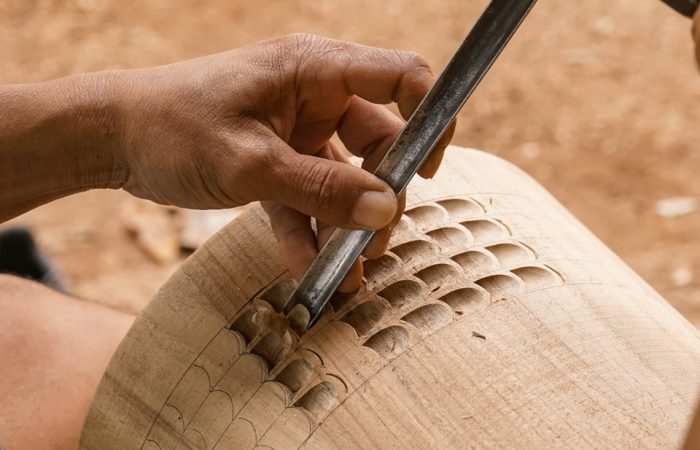
Commonly Asked Questions
About Teak Wood
Does teak wood rot?
Having a high content of natural oils and rubber, teak wood is highly resistant to rotting and is safe to use for 20 years. The abundance of natural oils in teak wood also prevents damages caused due to moisture and resists rot and decay. Thus, making your furniture last longer.
Untreated teak furniture will naturally weather and develop a silvery gray patina that will blend beautifully into its surroundings.
You can delay the weathering process by using Teak Protector which will help maintain the golden teak color.
How long can teak last?
Several decades, even up to 100 years and more.
Does teak wood age?
Over time, teak wood will age and discolor to a beautiful silvery gray patina as a result of oxidation of the surface layer after exposure to UV light and rain. This aging of teak wood is purely cosmetic and only affects the surface of the teak wood.
Occasional cleaning is all that is required to keep your teak furniture in top condition, although you can use Teak Protector and Teak Sealer to delay the teak aging process. You can also restore weathered teak wood by using Teak Cleaner.
Is teak wood water-resistant?
Teak wood is renowned for its exceptional durability and water resistance. Despite being a porous material, teak wood has a high protective oil content which makes it resistant to moisture, rotting, bending and splitting.
Is teak wood waterproof?
While not completely waterproof, teak wood has a naturally high protective oil content, making it highly resistant to the detrimental effects of moisture, such as rotting, warping and splitting.
When teak wood dries out after rain, you may notice water marks or dark patches on your teak furniture. These will disappear over time, or you can give your furniture a light sanding to remove the stains more quickly.
Why can teak wood crack?
As teak wood is a natural material, small cracks or fissures (also known as hollows or end grain checking) can sometimes appear as a result of moisture and temperature changes. As teak wood is extremely strong and durable, it is highly unlikely that these cracks/finish grain checks will compromise the strength or structural integrity of your teak furniture.




